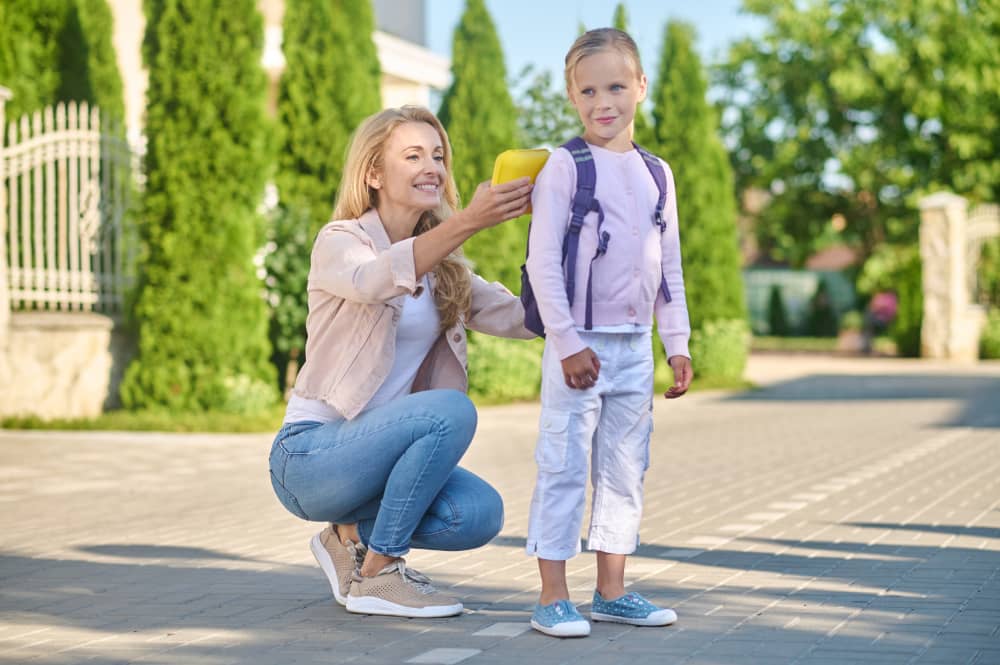
When preparing for summer camp, parents often face the challenge of packing the right clothing and gear for their kids. This comprehensive guide aims to ease that task, offering practical advice on selecting appropriate attire and accessories for a variety of camp activities in 2023.
Each camp has its own set of activities, climate conditions, and dress codes. Check the camp’s website or contact them directly for a packing list and guidelines. This will ensure your child has everything they need and nothing they don’t.
Selecting the Right Apparel
Choosing the right clothing is essential for your child’s comfort and safety at camp. Opt for breathable, lightweight fabrics like cotton and moisture-wicking materials, especially for outdoor activities. Quick-dry clothing is also a good choice for water-related activities. Remember to pack a mix of short and long-sleeved shirts, shorts, and pants to accommodate varying weather conditions and activities.
Kids Backpacks and Bags from SweetHoney Clothing
When it comes to carrying their belongings, kids need backpacks and bags that are both functional and fun. Kids’ backpacks and bags from SweetHoney Clothing are perfect for summer camp. These bags are designed to be sturdy, spacious, and stylish, ensuring that your child can carry all their essentials comfortably and securely.
Layering for Changing Weather
Layering is key for dealing with changing weather at camp. Include a mix of tank tops, t-shirts, and long-sleeve shirts that can be layered easily. Also, pack a lightweight jacket or hoodie for cooler evenings or rainy days. Don’t forget waterproof gear if the camp location is known for unpredictable weather.
Footwear for Various Activities
Footwear is just as important as clothing. Pack a pair of comfortable sneakers for everyday activities, sandals for casual wear, and waterproof shoes for water-based activities. If the camp involves hiking or rough terrain, consider packing a pair of durable hiking boots.
Accessorizing for Function and Fun
Accessories can make or break a camp experience. Essential items include a wide-brimmed hat for sun protection, sunglasses, and a durable water bottle. Consider also packing a small daypack for outings, a swimsuit, and a towel. For nighttime activities, a flashlight or headlamp can be very useful.
Special Considerations and Extras
Lastly, consider any special needs your child may have. If they require prescription glasses or contact lenses, pack an extra pair. Sunscreen and insect repellent are must-haves for outdoor camps. Don’t forget to include a small first aid kit with basic supplies like band-aids and antiseptic wipes.
Labeling Everything
One of the most important tips for parents is to label all of your child’s belongings. Kids often misplace or mix up their items at camp, especially clothing. Use fabric markers or iron-on labels to mark each piece of clothing, including socks and underwear. Label other items like water bottles, backpacks, and accessories with waterproof stickers or permanent markers.
Packing for Personal Hygiene
Personal hygiene is crucial at summer camp. Pack a toiletry bag with essentials like a toothbrush, toothpaste, soap, shampoo, and deodorant. If your child is swimming, include a hairbrush and detangler. It’s also wise to pack extra items like lip balm and moisturizer, particularly for camps in dry or sunny locations.
Consideration for Nighttime Comfort
Nights at camp can be a new experience for many kids. Ensure your child has comfortable sleepwear and a sleeping bag suited for the camp’s climate. If your child needs a certain pillow or a small comfort item like a stuffed animal for a good night’s sleep, make sure to pack it.
Preparing for Themed Activities
Many camps have themed days or special events. Check the camp schedule for such activities and pack accordingly. This might include costumes, special attire, or specific gear. These events are often highlights for kids, so having the right outfit or accessory can enhance their experience.
Smart Packing Strategies
Packing smart can make your child’s stay more organized and enjoyable. Instead of folding clothes, try rolling them to save space and reduce wrinkles. Pack outfits in large, zip-lock bags, each labeled with the day of the week. This method simplifies dressing and keeps clothes clean and organized.
Involving Your Child in Packing
Lastly, involve your child in the packing process. This not only teaches them responsibility but also ensures they know what they have packed and where to find it. Discuss the importance of each item and encourage them to make choices, like which shirts or toys to bring. This involvement can also build their excitement and confidence about going to camp.
By meticulously planning and packing for your child’s summer camp, you can ensure they have an enjoyable, comfortable, and memorable experience. From clothing and footwear to accessories and personal items, each aspect plays a vital role in preparing your child for a fantastic summer adventure.
Balancing Quantity and Necessity
Striking the right balance between packing too much and too little is crucial. Overpacking can burden your child with too much to manage, while underpacking might leave them unprepared. As a rule of thumb, pack enough clothing for the duration of the camp plus a couple of extra outfits for emergencies. Remember, most camps have laundry facilities for longer stays.
Choosing Durable and Comfortable Materials
When selecting clothing for camp, prioritize durability and comfort. Fabrics should withstand rough play and frequent washing. Avoid items that require special care, such as hand washing or dry cleaning. Durable materials like denim for pants and thick cotton for shirts can withstand the rigors of camp activities.
Preparing for Water Activities
If the camp includes swimming or water sports, pack appropriate swimwear. For girls, one-piece swimsuits are often more practical for active water activities. Boys may prefer swim trunks with a secure waistband. Include a couple of swimwear options if water activities are daily events, as well as a swim cap and goggles if required.
Safety Gear and Special Equipment
For certain activities like biking, rollerblading, or horseback riding, specific safety gear may be required. This could include helmets, knee pads, or other protective gear. Check with the camp about the availability of such equipment or if you need to provide your own.
Managing Electronics and Valuables
Many camps have strict policies on electronics, aiming to encourage kids to disconnect and engage with the outdoors. Understand these policies and discuss them with your child. Pack disposable cameras instead of digital ones for capturing memories. Avoid sending expensive items or large amounts of money with your child.




